While roof tiles are often considered a more environmentally-friendly roofing option than asphalt shingles, there is some debate over whether or not they contain toxic materials. Fortunately, we compiled all our research about roof tiles and their risks.
Roof tiles are not considered to be hazardous waste. However, some types of roof tiles may contain asbestos, which can be harmful if inhaled. Asbestos was commonly used in roofing materials before the 1980s, so if your home was built before that time, it's important to have your roof inspected by a professional to check for asbestos.
In this post, we'll take a look at the arguments for and against tile roof toxicity. Continue reading as we discuss more on roof tiles and help you decide if this type of roof is right for you.

Are Roof Tiles Dangerous?
If you're concerned about the safety of your roof, you may be wondering if roof tiles are toxic. The good news is that modern-day shingles are safe for you and your family. On the other hand, if the roof was installed with shingles made earlier than1989 then it may have hazardous asbestos content.
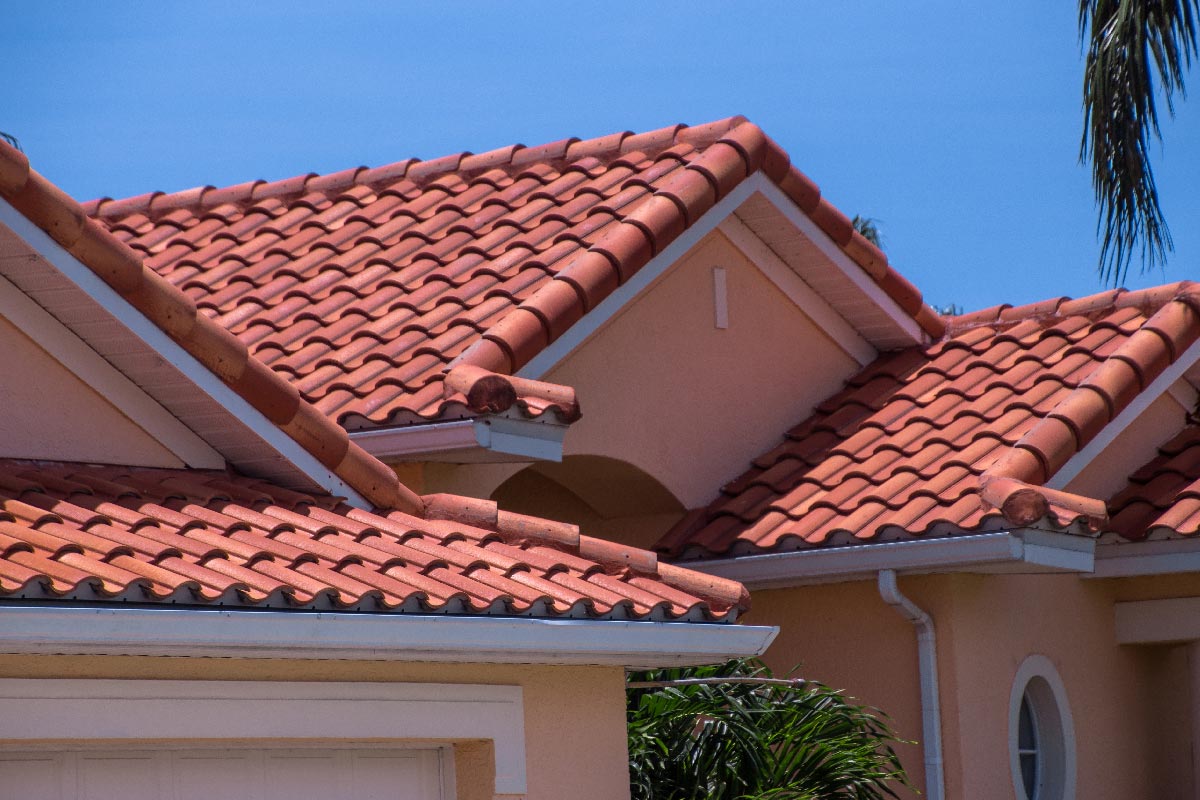
This material can cause serious health problems if inhaled. If you think your roof might contain asbestos, it's important to have it tested by a professional.
If asbestos is present, you'll need to have your roof replaced by a qualified contractor who is experienced in working with this material.
While it's not pleasant to think about, the truth is that asbestos can be dangerous if it's not handled properly. But, there's no need to worry if your roof is made of modern, non-toxic materials.
With today's technology, you can rest assured that your roof is safe and won't pose any health risks to you or your family.
What Are the Dangers of Asbestos in Roof Tiles?
Asbestos is a naturally occurring fibrous mineral. Because it is strong and resistant to fire, people have used it in construction for ages. However, we have learned that you can develop serious health problems from inhaling asbestos fibers, including lung cancer and mesothelioma.
Asbestos is most commonly found in older homes. If your home was built before the 1980s, it's important to have an asbestos inspection before undertaking any renovation projects.
If asbestos is found, it's best to leave it undisturbed and hire a certified professional to remove it. Although asbestos-containing materials are no longer used in new construction, they still pose a danger to anyone who comes into contact with them.
How Can You Tell If Your Roof Tiles Contain Asbestos?
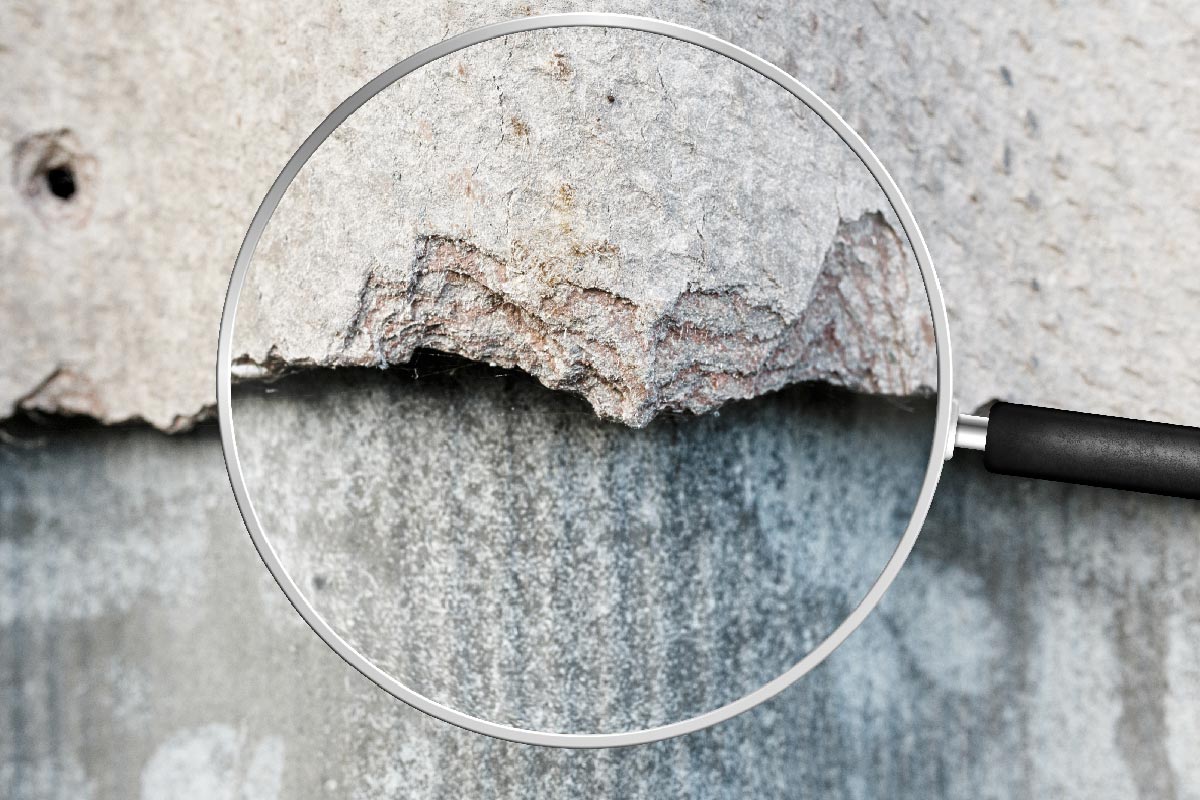
Asbestos usage reached its height in the mid-20th century. Since then, researchers have linked it to a variety of health problems.
If your home was built before the 1980s, there's a good chance that it contains asbestos. So how can you tell if your roof tiles contain asbestos?
The easiest way is to hire a certified asbestos inspector to come and take a look. They will be able to identify asbestos-containing materials and advise you on the best course of action.
But, there are also some testing kits available that can give you an idea of whether or not your tiles contain asbestos. You only need to take a sample of the roofing material and send it off to a laboratory for analysis.
If you're concerned about asbestos in your home, doing a little research can go a long way toward peace of mind.
What Should You Do If Your Roof Tiles Contain Asbestos?
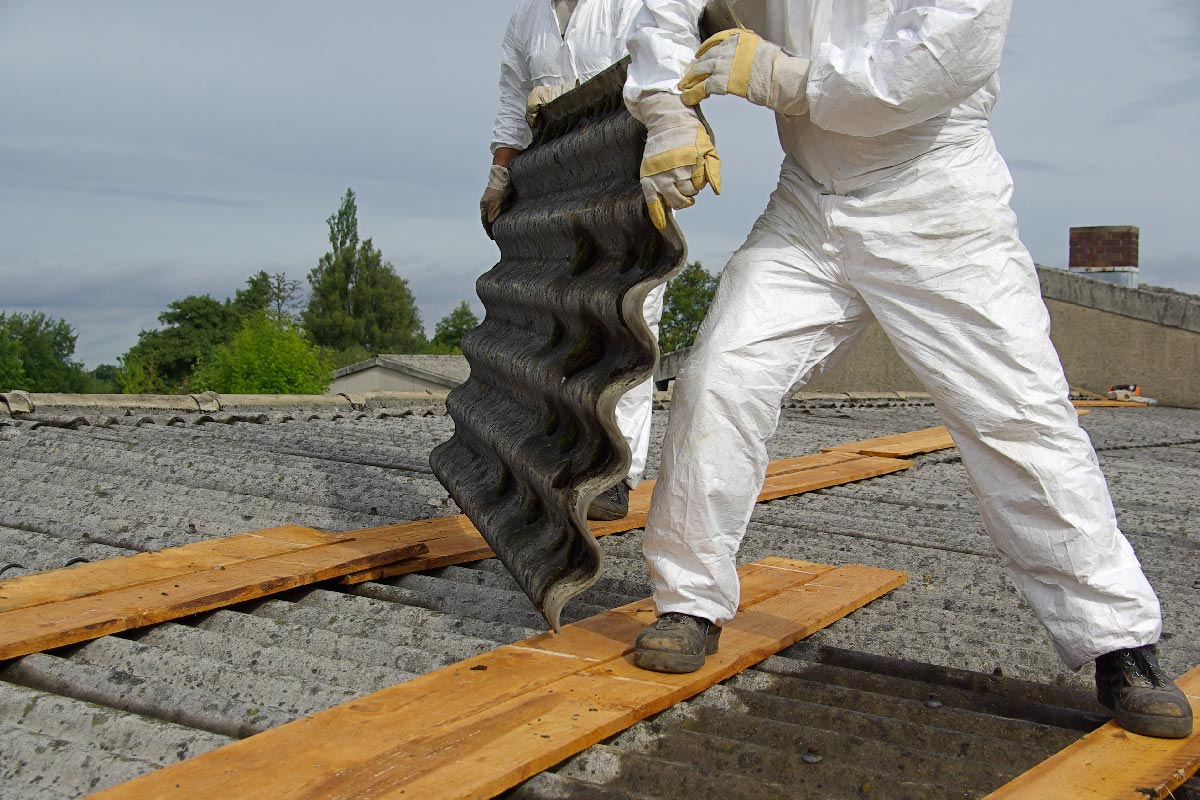
If you have an older home with asbestos roof tiles, there are several things you can do to reduce your risk of exposure:
- First, make sure that the area around your roof is well-ventilated. This will help to prevent asbestos fibers from becoming airborne.
- Second, avoid walking on your roof if possible, and wear a dust mask if you must go onto the roof for any reason.
- Finally, consider having your asbestos roof tiles removed by a qualified professional.
While this may be an expensive option, it will help to protect your health in the long run.
Are There Any Safe Alternatives to Asbestos-Containing Roof Tiles?
There is a growing interest in finding safe alternatives to asbestos-containing materials. There are a number of roofing materials that provide similar benefits to asbestos without the associated health risks.
Here are some different types of roofs, each with its own advantages and disadvantages:
Slate Roof
Some homeowners are concerned about the potential health hazards of slate roofs, as many contain traces of toxic minerals such as lead and uranium. While it is true that slate roofs can pose a health risk if they are not installed properly, the danger is generally overstated.
In most cases, the amount of toxic minerals present in slate roof tiles is not enough to pose a significant health risk.
Metal Roofs
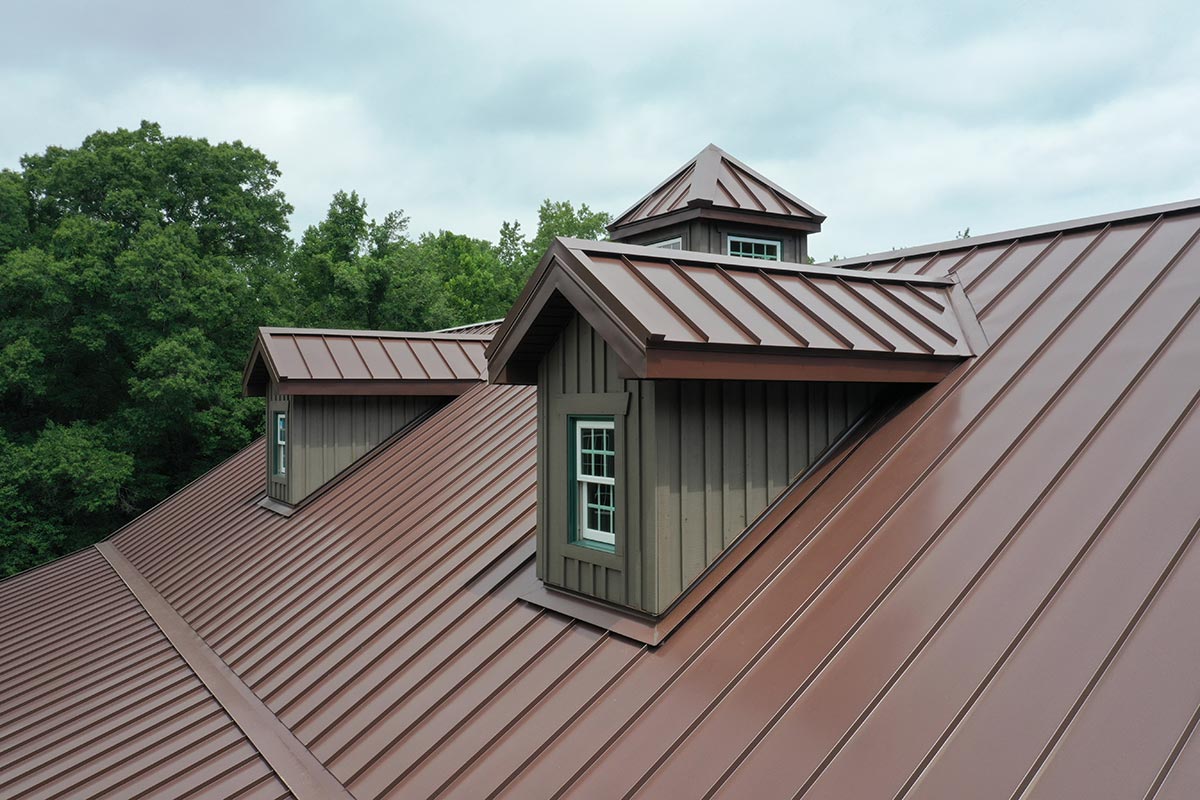
These are also durable and fire-resistant, but they can be noisy during rainstorms.
Metal roofing is actually very safe. The metal in roofing tiles is coated with a protective layer that prevents it from leaching into the environment.
In fact, metal roofing is one of the most environmentally friendly choices you can make. Not only does it last longer than other types of roofing, but it is also 100% recyclable.
Concrete Roofs
If you have ever wondered whether roof tiles are toxic, the answer is no. Roof tiles are not toxic. In fact, they are made of natural materials, such as clay, sand, and water. Concrete roof tiles are not only safe, but they are also durable and long-lasting.
Composite Roofs
Composite roofs are actually made from a mix of recycled materials, including glass, plastic, and stone. Furthermore, the manufacturing process is highly regulated to ensure that only non-toxic materials are used. So if you're looking for a roof that looks great and is eco-friendly, composite is the way to go!
Clay tile has been used for centuries, and it is one of the most durable and long-lasting roofing materials available. In addition, clay tile is also environmentally friendly and non-toxic.
It is a natural material that is sourced from the earth, so it does not require the use of harmful chemicals or pollutants in its production.
Solar Clay Roofs
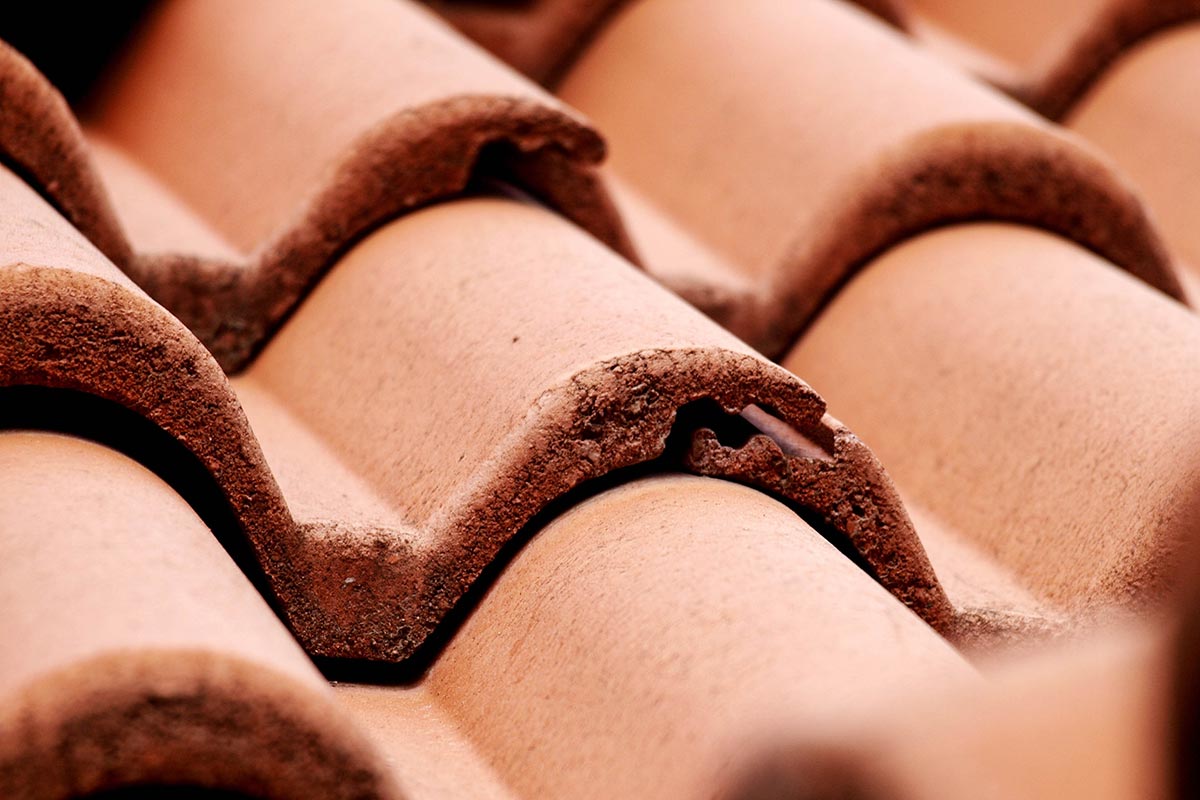
Moreover, clay roofs can help to keep homes cooler in the summer and warmer in the winter, saving energy and money on heating and cooling costs.
Synthetic Roofs
Synthetic roofs are made from a variety of materials, including plastic, rubber, and PVC. These materials are not toxic and are safe for use in roofing applications.
Many synthetic roofing products are made with recycled materials, which makes them even safer for the environment.
How to Choose the Right Roof Tile for Your Home
It is important to choose the right roof tile for your home in order to achieve the perfect look. There are many factors to consider when making this decision such as climate, budget, and the overall style of your home.
- Climate is an important factor to consider because it will dictate the type of material that is best suited for your area.
- Budget is another consideration because roof tiles can be quite expensive. You will want to make sure that you choose a roof tile that is within your budget.
- The overall style of your home should also be considered when choosing roof tiles. You will want to make sure that the roof tile you choose complements the style of your home.
With so many factors to take into account, it is essential to do your research for you to be able to choose the right roof tiles for your home.
What Are Some of the Benefits of Replacing an Old Roof with New Roof Tiles?
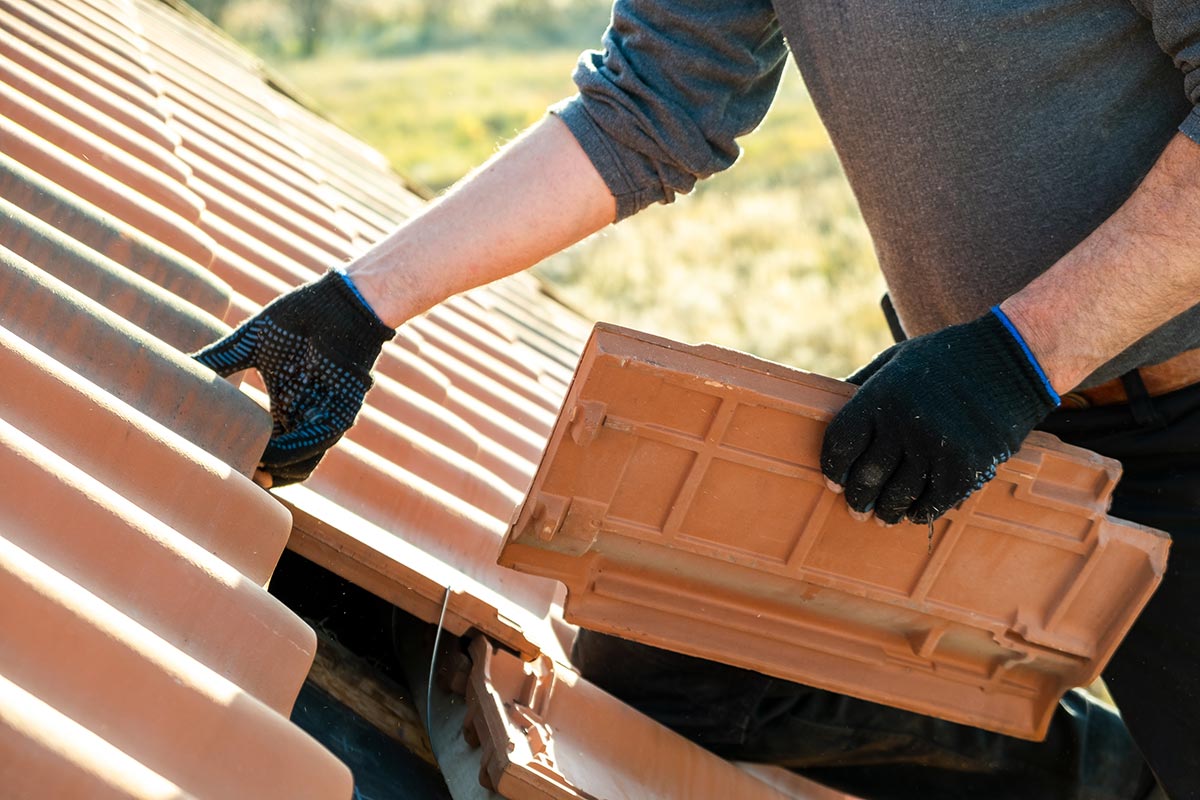
Replacing an old roof is a big investment, but it can have a number of important benefits:
- New roofs are more energy-efficient, meaning they can help to keep your home cooler in summer and warmer in winter.
- They can also improve the look of your home, increase its value, and protect your family from the elements.
- In addition, new roofs are easier to maintain than older ones, and they can last for many years with proper care.
If you're considering replacing your roof, be sure to talk to a reputable contractor who can help you choose the best option for your home. With so many benefits, replacing an old roof is an investment that is sure to pay off in the long run.
Final Words
Whether you have old or modern roof tiles, it's always better to be safe than sorry. Make sure to keep an eye on any potential damage to your tiled roof and repair it as soon as possible. And if you're planning on installing a new roof, consider asking professionals for safer or harmless options.
To get more tips on keeping your home well, see our posts below:



